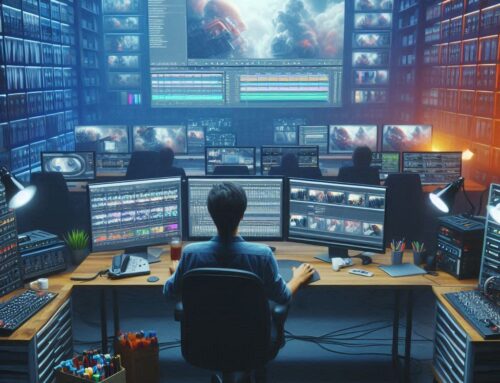How to Achieve Realistic 3D Models

Realism in 3D Modelling
Understanding the Importance
In the realm of 3D modelling, realism reigns supreme. The demand for lifelike renderings has surged alongside the growth of the industry. Modern 3D modelling software integrates mathematical and physical principles to mimic reality meticulously. This entails considering fundamental aspects like the verticality of walls and the alignment of surfaces. Developers have endowed programs like 3Ds Max, Blender, and Maya with tools that transcend logic, enabling the recreation of nuanced details such as caustics and intricate light settings. The pursuit of realism extends to factors like white balance, color temperature, shadows, reflections, and refraction.
Utilizing References for Precision

Source : Autodesk
Importance of Reference Materials
In the quest for realism, reliance on reference materials is indispensable. Whether it’s books, articles, photographs, or real-life objects, references serve as beacons of accuracy. They unveil the subtleties and imperfections that characterize reality, guiding 3D modelers towards faithful replication. For instance, when modelling organic entities like plants, photographs offer insights into intricate details that might evade mere observation. The meticulous observation and replication of references are pivotal in crafting hyper-realistic 3D models, be it depicting the contours of a landscape or the nuances of human anatomy.
Mastering Lighting Techniques
Illuminating the Scene
Lighting plays a pivotal role in breathing life into 3D models. Skillful manipulation of light is essential to infuse scenes with realism and depth. Whether simulating natural daylight or artificial sources, the objective is to create an environment where every element is perceptible. Advanced software like 3Ds Max, Blender, and Maya facilitate precise control over lighting parameters, allowing modelers to dictate the ambiance and highlight crucial elements. From adjusting the angle and intensity of sunlight to fine-tuning ambient lighting, every aspect contributes to the overall realism of the rendered scene.
Embracing Detail-Oriented Approach

The Devil Lies in the Details

Detail is the cornerstone of realistic 3D modelling. Software like 3Ds Max, Blender, and Maya empower modellers to delve into intricate geometries and textures, thereby enhancing realism. By meticulously sculpting multi-level textures and optimizing polygon meshes, modellers can achieve unparalleled levels of detail. However, this pursuit of hyper-realism comes with trade-offs, including longer rendering times and larger file sizes. Nevertheless, techniques like procedural cards and texture mapping offer avenues to strike a balance between detail and efficiency, ensuring that the final output exudes authenticity.
Time Investment and Feedback
Time Required for Realistic Models
The time required to create realistic 3D models can vary widely based on complexity, level of detail, and the modeler’s proficiency. Simple models might take a few hours, while intricate scenes can require days or even weeks of dedicated work. Efficient workflow management and familiarity with software tools can significantly reduce production time.
Achieving Realism Through Feedback
Receiving and incorporating feedback is crucial for refining 3D models. Constructive criticism helps identify areas needing improvement and ensures the final output meets desired standards. To effectively utilize feedback:

Solicit Detailed Feedback: Encourage peers, clients, or mentors to provide specific and actionable feedback.
Iterative Refinement: Make iterative adjustments based on feedback and continuously refine the model.
Test Renders: Produce test renders to visualize changes and assess the impact of adjustments.
Keep an Open Mind: Be open to suggestions and willing to explore new techniques or approaches.
Q&A Section
Q1: Why is realism crucial in 3D modelling?
A1: Realism enhances the believability of rendered scenes, making them more immersive and impactful.
Q2: How important are reference materials in 3D modelling?
A2: Reference materials serve as guiding beacons, enabling modelers to replicate real-world details with precision and accuracy.
Q3: What role does lighting play in achieving realistic 3D models?
A3: Lighting is instrumental in setting the mood, highlighting key elements, and infusing scenes with depth and atmosphere.



